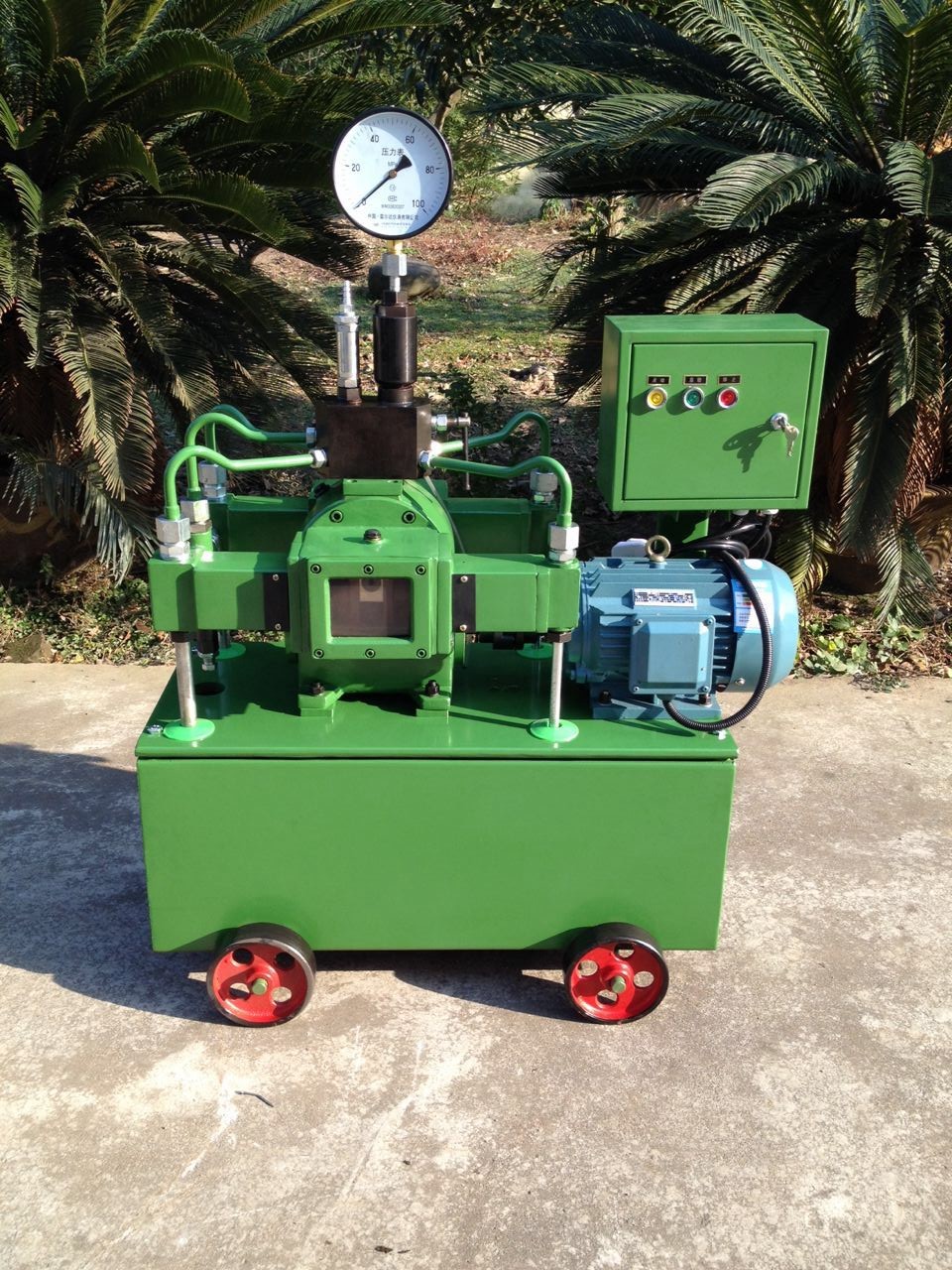Manufacturers of seals and other components utilizing polymer (PTFE) quickly that they end up sweeping most of their profits out with the machining chips when producing parts from traditionally compression molded rods and tubes. PTFE resins are expensive and making parts from compression molded rods or even tubes often ends up yielding only 10-20% of the material purchased into the finished parts. Since PTFE, once sintered, cannot be reground and reused, 80% of the material cost end up in the trash. The answer is to use isostatic molding techniques to produce thin walled tubing.

Originally, when missile nose cones heat shields were manufactured from PTFE, a technique was needed to evenly compress PTFE powder across the bullet shaped surface of a nose cone. This was done by placing PTFE powder over a nose cone shaped aluminum plug, then covering the powder with an elastomeric bladder. The plug, powder and bladder were then placed in a pressure vessel and high pressure water pumped in to achieve the compression of the powder into the preformed shape ready for oven sintering.
As an interesting side note, as rockets grew, and the nose cones became too large to fit into pressure vessels, the bladder-covered plugs with resin powder sandwiched inside were simply lowered into the ocean to the appropriate depth to achieve the appropriate compression pressure.
Modern isostatic molding machines have come a long ways from the missile nose cone days. Now they use oil instead of water in cylindrical pressure vessels. Isostatic molding machines generally use a hydraulic pressure system feeding a custom intensifier to kick the pressure up from the usual 3000 psi hydraulic system components to the higher pressures needed to achieve ideal physical properties in the molded PTFE.
The better designs utilize interchangeable mandrels to make the unit adaptable to many sizes of tubing, and polyurethane end pieces and outer diameter forms to transfer the hydraulic pressure from the urethane bladder to varying different sizes of tubing. The soft urethane acts as a fluid itself to transfer the hydraulic pressure to the powdered resin being compressed. By using soft end bells, end belling common with earlier designs is eliminated so that the entire length of the molded tube is usable.
Minimal hydraulic controls are required, and the majority of the hydraulic components needed are available off-the-shelf. The exception is the intensifier, which must usually be designed from scratch to achieve the required pressure boost and volume make-up requirements of such a large, flexible hydraulic system.
Post time: Aug-10-2018

